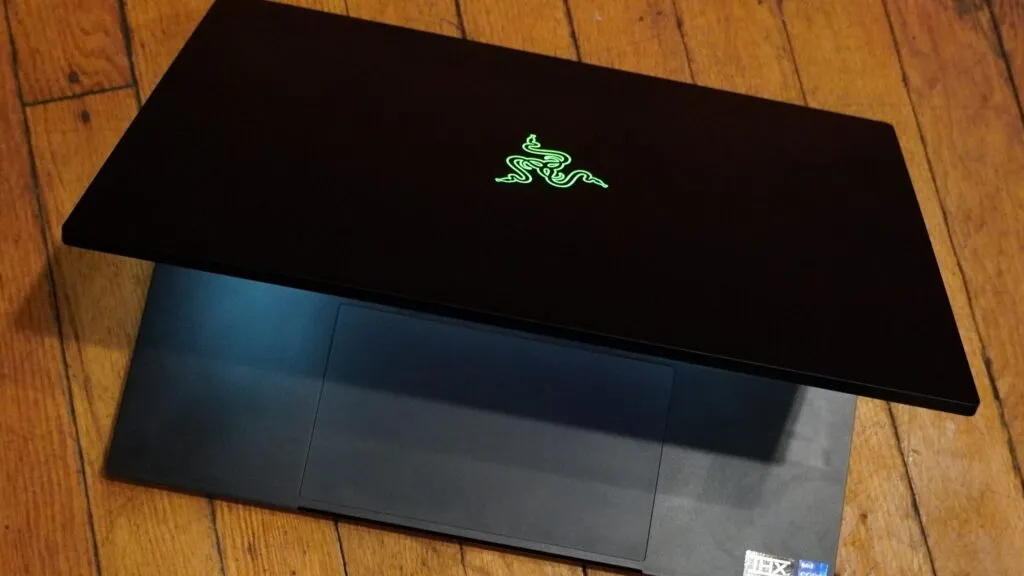The world of gaming laptops is constantly evolving, and Razer is one of the pioneers constantly redefining the standards with its iconic series. The year 2024 marks the arrival of the all-new Razer Blade 16, succeeding its acclaimed predecessor, the Razer Blade 16 (2023). While the iconic design persists, significant improvements to the display and Intel chip options are garnering attention. In this comparison, we will detail the main differences between the two models, offering a complete overview of the developments made by Razer.
Vivid OLED Display: A Step Forward for Display
One of the most notable changes in the Razer Blade 16 (2024) is its display. Although the previous model offered a standard 240Hz QHD+ IPS panel, the 2024 edition raises the bar by introducing an OLED option. This technology brings vivid colors and deep contrast, providing an immersive visual experience. Despite maintaining the QHD+ resolution and high 240Hz refresh rate, the inclusion of OLED promises even more stunning visual quality.

14th Generation Intel Power: A Discreet but Powerful Update
Besides the vibrant OLED screen, the main upgrade of the Razer Blade 16 (2024) is the Intel chips. Moving from the i9-13950HX to the i9-14900HX version, the change shouldn’t revolutionize performance, but it does bring a slight increase in maximum clock speed. The GPU remains faithful to the Nvidia RTX 4070/4080/4090, ensuring an exceptional graphics experience.
Subtle but Important Changes: Faster Charger, Wi-Fi 7
Minor but significant adjustments complete this upgrade. A 330W GaN charger replaces the old 280W one, promising faster charging. Additionally, the Razer Blade 16 (2024) supports Wi-Fi 7, adding an extra dimension to connectivity with a boost from Wi-Fi 6E.

Thoughtful Price Changes: Goodbye RTX 4060, Hello RTX 4070
An initial observation could suggest an increase in the starting price of the Razer Blade 16 (2024). However, this variation is explained by the abandonment of the RTX 4060 option, making way for the move upmarket of the RTX 4070, maintained at the same price as its predecessor. Although the entry point is now slightly higher, the hardware improvements justify this change, providing a more powerful gaming experience.
In short, the Razer Blade 16 (2024) remains true to Razer’s legacy as an innovative force in the gaming laptop market. The improvements, particularly the OLED display, make it an intriguing contender for demanding gaming enthusiasts seeking an immersive, next-generation experience.
